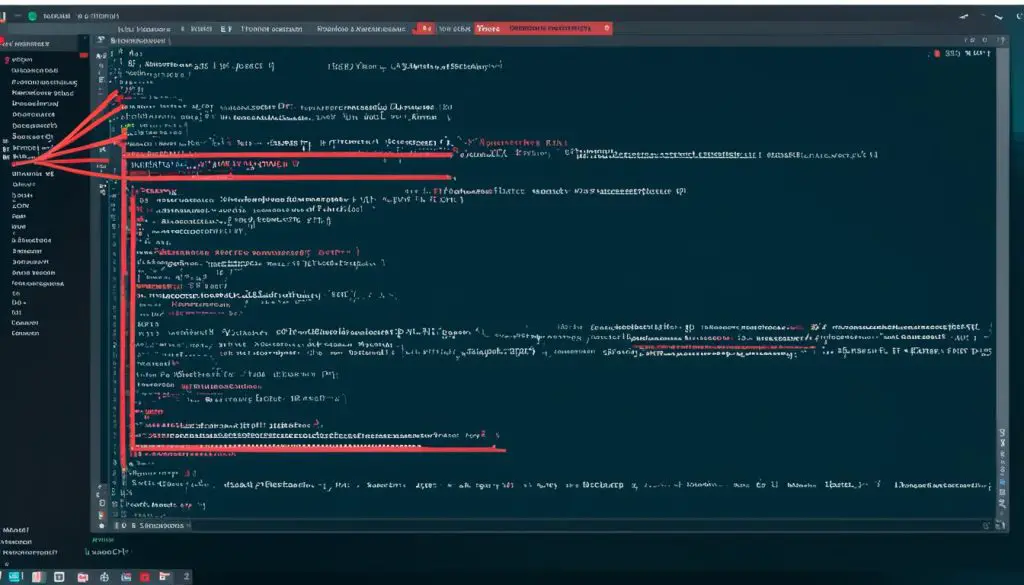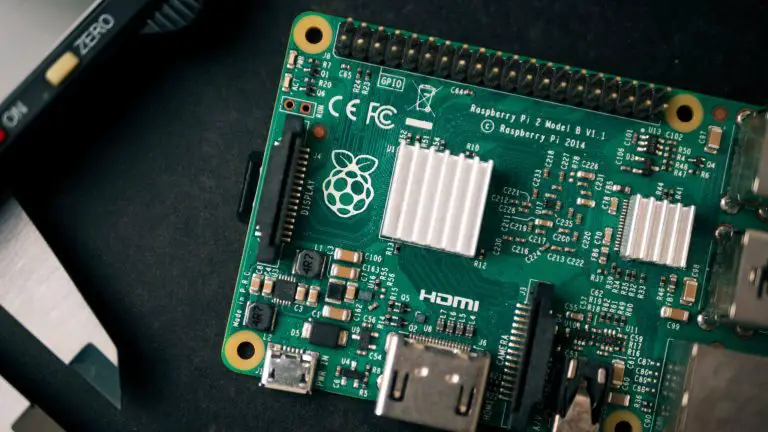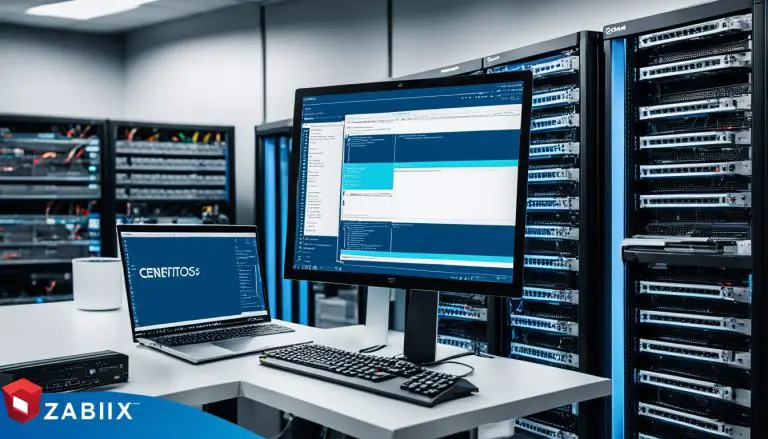Starting and Stopping Docker Daemon on Linux Tips
Have you ever wondered why your Docker containers keep running even after you tell the Docker daemon to stop? Managing the Docker daemon on Linux is more than just using a few commands. It’s about knowing the processes and the common problems that can happen. Many people find it hard to stop all Docker processes, showing how important it is to manage the Docker daemon well.
In this article, I’ll share tips on how to start and stop the Docker daemon on Linux. If you’re using Ubuntu 16.04 or another Linux version, knowing how to use commands like
1 | <code> |
1 | systemctl stop docker |
is key. We’ll look at both manual and automated ways to start and stop Docker on Linux.
Key Takeaways
- Understanding the Docker daemon’s core functions and interactions.
- Mastering commands for starting and stopping Docker on Linux.
- Addressing issues where Docker continues running after an attempted shutdown.
- Recognizing the role of
1docker.socket
in the daemon’s operations.
- Employing best practices for seamless Docker daemon management on Linux.
Understanding the Docker Daemon on Linux
Working with Docker on Linux means knowing about the Docker daemon. This service is key for managing Docker containers. By learning how to start and stop docker daemon on linux, users can easily manage containers. Let’s explore the Docker daemon and its differences with the Docker Command-Line Interface (CLI).
What is a Docker Daemon?
The Docker daemon runs in the background. It takes care of container lifecycles and orchestrates them automatically. Users can easily create, start, and stop containers with this daemon on a Linux system. Knowing how to linux docker daemon start stop is crucial for managing containers.
Docker Daemon vs Docker CLI
The Docker daemon works on the server side, while the Docker CLI is for users. When you use commands like ‘docker run’ or ‘docker stop’, they go to the Docker daemon through the CLI. The daemon then carries out these commands to manage containers well. Understanding this interaction helps in controlling the Docker daemon and ensuring smooth operations.
How to Start the Docker Daemon on Linux
Controlling the Docker daemon on Linux is key for managing containerized apps well. You can use systemd or the dockerd command to do this. Knowing these methods helps with smooth Linux Docker service control.
Using systemd to Start Docker
On Ubuntu and Debian, start the Docker daemon with systemd. This manager lets you enable and start Docker with systemctl enable docker and systemctl start docker. Systemd makes sure Docker starts when your system boots, making Docker control easy.
Manual Start with dockerd Command
For more control, start Docker manually with the dockerd command. This is great for testing or special setups. It lets you see Docker logs in your terminal. More details on troubleshooting starting Docker are on Stack Overflow.
Automatic Start at Boot
To make Docker start automatically at boot, follow Docker’s best practices. This ensures your containers run without needing manual start every reboot. It makes Docker daemon control consistent on Linux. Also, check out this guide for restarting Docker services well.
How to Stop the Docker Daemon on Linux
Stopping the Docker daemon on Linux systems has several ways, depending on your setup. I’ll cover the main methods: using systemctl commands, manual processes, and stopping the docker.socket service.

Stopping Docker with systemctl
The most common way to stop the Docker daemon is with the systemctl command. Just type:
This command will stop the Docker daemon. It’s great for managing Docker in controlled environments.
Stopping Docker Manually
If you started the daemon without systemd, like with the dockerd command, you need a different method. Use Ctrl+C to stop it, or the
1 | kill |
command:
This method fully stops the daemon. But, you might need to check the process IDs yourself.
Stopping docker.socket Service
Don’t forget about the docker.socket service. If you don’t stop it, the daemon might start again. Use:
Managing both the service and socket is key for full control over Docker. This way, you can avoid the daemon starting back up by mistake during maintenance.
Tips for Efficiently Manage Docker Daemon on Linux
Managing the Docker daemon on Linux can make container operations smoother. Using best practices helps ensure containers run well. It’s important to understand how `docker.socket` and related services work for efficient control.
Best Practices for Docker Daemon Management
Using systemd to manage the Docker service is a key practice. It keeps the service running smoothly and restarts it when needed. It’s also important to know how `docker.socket` affects daemon activation, especially with scripts that might use the Docker service.
Looking at official documentation and community help from GitHub can help with troubleshooting. This shared knowledge is key for solving complex problems in different settings.
Common Issues and Troubleshooting
Issues with the Docker daemon can slow down containerized apps. Problems like memory issues, IP forwarding issues, and DNS conflicts are common. Checking daemon logs often can help find and fix these problems.
Some issues come from conflicts between `snap` and native Docker setups. Knowing how these package managers work with Docker can stop problems. Make sure your kernel is compatible and clean up old Docker files to make daemon management easier.
For help with Docker daemon problems, check the official documentation. It’s important to know all about Docker’s behavior to keep your services running well.
Conclusion
Managing the Docker daemon on Linux is key for keeping container-based apps stable and fast. We looked at how to start and stop the Docker daemon. We covered both manual ways and tools like systemd.
It’s important to know how Docker services work, like ‘docker.socket’. Also, following best practices helps manage the Docker daemon well. For example, enabling live restore keeps containers running if the daemon stops, cutting down on downtime.
Using community tips and learning from official guides also helps with Docker troubleshooting on Linux. These steps boost your efficiency and help grow the Docker community knowledge. For more tips, check out how to stop a Docker container for practical advice.
FAQ
What is a Docker Daemon?
What is the difference between Docker Daemon and Docker CLI?
How can I start the Docker Daemon using systemd on Linux?
How do I manually start the Docker Daemon on Linux?
How do I configure Docker to start automatically at boot on Linux?
How can I stop the Docker Daemon using systemctl on Linux?
How do I manually stop the Docker Daemon on Linux?
How do I stop the ‘docker.socket’ service on Linux?
What are some best practices for Docker Daemon management on Linux?
What are common issues and troubleshooting steps for managing the Docker Daemon on Linux?
Source Links
- https://stackoverflow.com/questions/42365336/how-to-stop-docker-under-linux
- https://docs.docker.com/config/daemon/start/
- https://forums.docker.com/t/how-to-stop-the-docker-daemon-cannot-find-the-documentation-for-docker-socket/138723
- About the Author
- Latest Posts
Janina is a technical editor at Text-Center.com and loves to write about computer technology and latest trends in information technology. She also works for Biteno.com.






